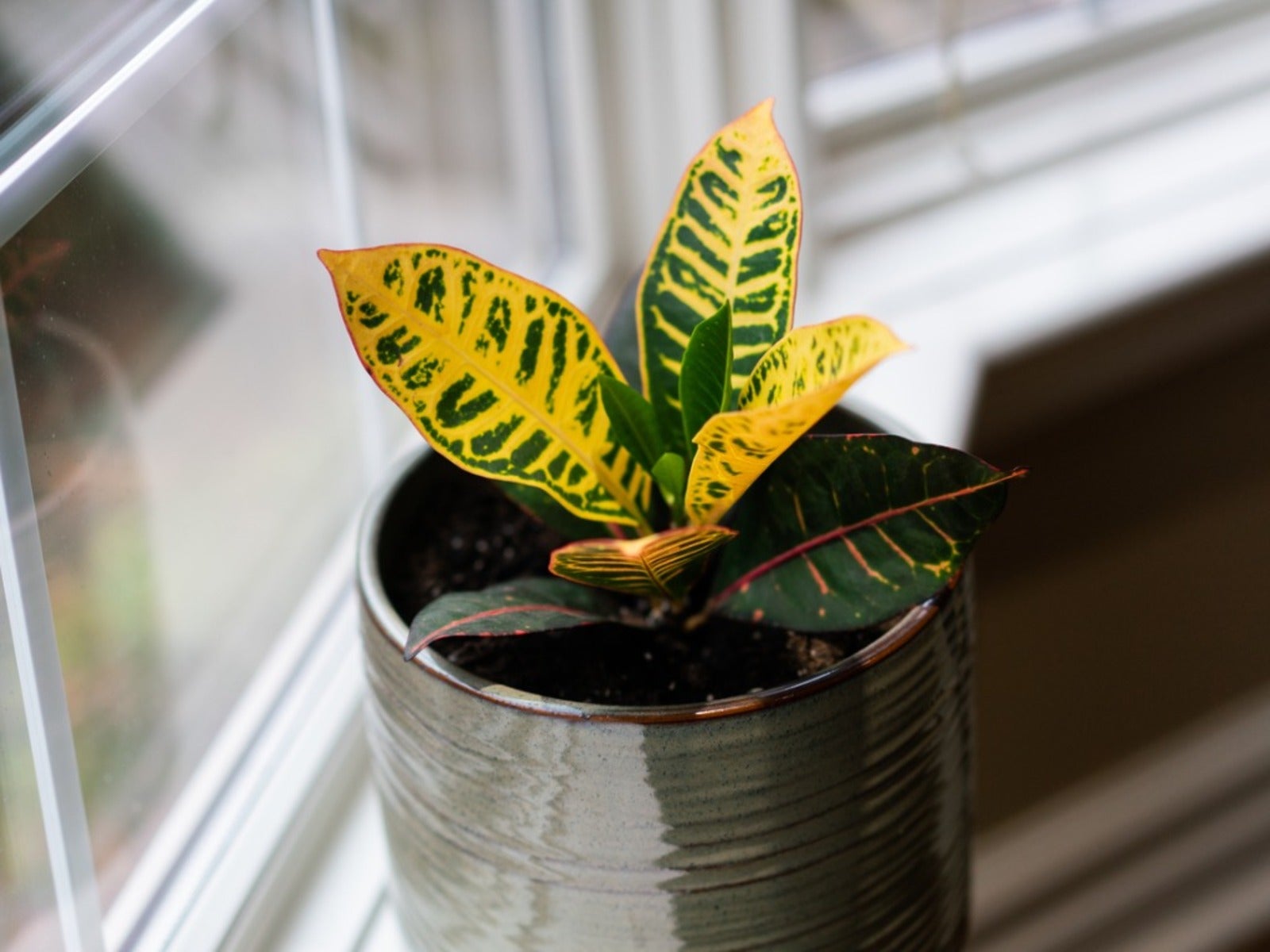How To Propagate Croton Plants


Crotons are popular tropical houseplants that are most noted for their striking, colorful foliage. They can also be grown outdoors in subtropical and tropical climates. Because they’re so beautiful, you might want more. Propagating croton plants is easy. There are two options: cuttings and air layering.
How to Propagate a Croton
If you love your croton and its beautiful colors, why not create more? Croton plant propagation is simple, although it does tend to root slowly. With patience, you’ll get new plants to keep or share.
Croton Propagation from Cuttings
A stem cutting is an easy and straightforward way to propagate a favorite croton plant. Take a cutting that is about 3 to 4 inches (7.5 to 13 cm) long and that has at least 3 leaves on it.
Use a standard rooting hormone for the best results. Dip the cut end of the stem into the hormone powder and plant it in a small container with good quality soil. Keep the soil consistently moist. Don’t let it dry out, but also avoid letting it get soaking wet.
Keep your cutting in a sunny spot with consistently warm temperatures, about 70 to 80 degrees F (21-27 C). As long as it stays within this range, the cutting should start to grow roots within a month.
Wait to transplant the cutting until it has some established roots. You should also see some new growth. Young leaves are green and only develop their striking colors as they mature.
Propagation of Croton by Air Layering
Air layering is another technique for propagating plants that works with croton. This is a great technique for a large houseplant that has become leggy and could benefit from more branching. It’s not best for a small plant.
Gardening tips, videos, info and more delivered right to your inbox!
Sign up for the Gardening Know How newsletter today and receive a free copy of our e-book "How to Grow Delicious Tomatoes".
Air layering croton and other plants involves growing new roots before making a cutting. When you do this on croton, you get a new plant and encourage a new branch to make the original plant fuller and less leggy. To air layer your croton, follow these steps:
- Pick a spot on the main stem where you want it to branch and where you’ll cut off a section with new roots. In general, start at the top and measure down no more than two feet (0.6 m) to find the right spot.
- Using a sharp knife, make a downward cut into the stem at a 45-degree angle. Cut only about a third of the way into the stem.
- You can apply rooting hormone to the cut or not. It will take longer to form roots without it but will still work.
- The cut must stay open for roots to form. You can wedge it open with a small piece of wood or some sphagnum moss.
- Wet and then squeeze out a large handful of sphagnum moss. It should be moist, not waterlogged or dripping. Wrap the moss around the stem where you made the cut.
- To hold the moss in place, wrap it with plastic film and tie each end to the stem. It should be sealed well enough to keep the moss moist.
- You should begin to see roots form in the sphagnum moss after four or five weeks.
- When enough roots have grown, cut the stem directly below them. Plant the new cutting in a container with a good potting soil mix.
Hopefully, you will get a new stem where you made the cut on the original plant. This will give your croton a more branched, full shape.
About Croton
Croton (Codiaeum variegatum) is a genus of tropical plants native to southeast Asia. They produce wildly colorful, large leaves in shades of red, orange, yellow, pink, green, white, and purple. Most plants have multiple colors on each leaf.
In the wild, croton is a large shrub that grows up to ten feet (3 m) tall. In home gardens and containers, they grow much smaller. Croton does grow fairly tall and upright, so choose a sturdy container. Provide well-draining, consistently moist soil, a sunny spot, and a pebble tray for humidity, and your croton should grow happily indoors.

Mary Ellen Ellis has been gardening for over 20 years. With degrees in Chemistry and Biology, Mary Ellen's specialties are flowers, native plants, and herbs.
-
 12 Mother’s Day Garden Gifts That Celebrate Moms Who Love To Grow
12 Mother’s Day Garden Gifts That Celebrate Moms Who Love To GrowAll Moms deserve to feel special on Mother’s Day, so treat her to a thoughtful gardening gift that helps her get the most out of her hobby.
By Melanie Griffiths
-
 Never Plant Seedlings Until They Pass These 3 Simple Tests
Never Plant Seedlings Until They Pass These 3 Simple TestsDon't be over-eager to transplant seedlings into the garden before they are ready. These quick and easy checks will help ensure flourishing plants.
By Mary Ellen Ellis